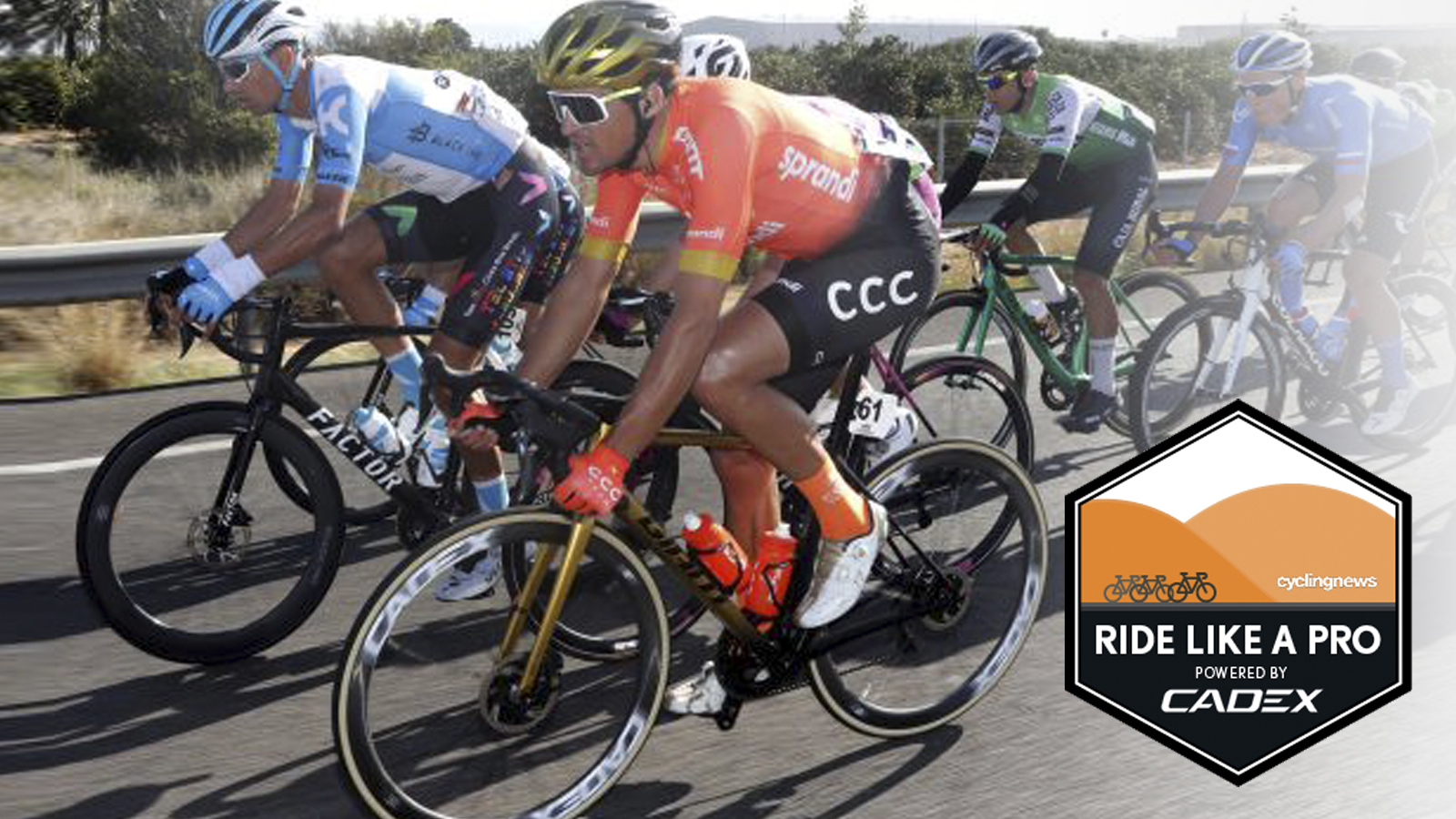How to improve your bike-handling skills
The secret to purer steering feedback starts with understanding the nuances of your wheel system

There are few things more satisfying in cycling than riding a bike that fits and feels intuitive to ride.
For many riders, it is a process of trial and error. This might include many professional bike fit measurements and test rides, as your journey to discover the ideal frame geometry and ratio of stiffness-to-compliance, to best compliment a specific riding style.
Once there is a confidence that you are aboard the most appropriate frame for your physiology and riding style, there will be an inevitable trigger to start tinkering. The project of a perfect bike set-up is never complete. We are all swayed by new technology and try to absorb it into our riding, with the hope of gaining some marginal advantage in efficiency and overall performance.
But what are the true elements worth upgrading? The ones which will make a discernible difference to the handling of your road bike?
The big rotating bits, matter most
Tyres are the first aspect of any bike set-up worth scrutinising for potential performance gains. Your contact surface with the road and the component which mediates acceleration, deceleration and any change of direction, upgrading to a better tyre makes a notable difference to riding performance.
In the realm of road cycling the biggest advancement over the last decade, has been an acceptance of tubeless tyres. Although the idea of running sealant in tyres might appear odd to deeply traditional riders, the benefits of tubeless tyres are indisputable.
All riders have experienced that feeling of a high-speed descent where you feel completely at one with your bike, intuitively sensing where the ideal grip is when tracking a line through corners. This heightened sense of road feedback is what buoys riding confidence and much of it has to do with the relationship between frame and fork structure properties, but also tyre size and pressure.
Get The Leadout Newsletter
The latest race content, interviews, features, reviews and expert buying guides, direct to your inbox!
- Road bike wheels explained: Is deeper really faster?

Using tyre pressure to improve comfort and feedback
Your bike’s frameset is engineered to provide stiffness under load, transferring pedal inputs to rear-wheel rational power output. On a descent, the geometry and structure of your fork and frame should also generate tactile feedback, allowing you to sense the texture of a road surface, anticipate bumps and assess overall grip levels.
At lower inflation pressures this sensation of feedback can improve, due to your tubeless tyre being slightly manipulated by the road surface, allowing it to transmit a truer feeling of what you are rolling along on.
An overinflated tyre will resist bumps or road surface imperfections, often deflecting the bike off your intended cornering line. By contrast, an appropriately inflated tubeless tyre blends compliance with truer steering feedback and will also create a touch better braking performance, by allowing for a margin of casing compression, under deceleration.
Tyres and wheels work best as a system. It makes a great deal of sense to eventually seat a tyre upgrade on better wheels. To best harness the lower inflation pressures possibilities with tubeless tyres, it is recommended to ride the widest rims you can.
Any rim with a wider internal diameter gives the tubeless tyre’s casing a more natural shape when inflated. Your ideal aero and handing profile for a road bike tyre is not something which looks like an upside-down lightbulb.
The desire is for a tyre which sits flush in its sidewall to rim bead profile. Not only will this tyre shape be more aerodynamic, but it also resists lateral folding during high-speed cornering.
A range of harmonised tubeless road tyre and wheelset options exist in the CADEX product portfolio - the company calls this a 'wheelsystem'. With tyre casings designed to be supple and sensitive, generating excellent road surface steering feedback, the CADEX tyre range is a quality first point of departure for any bike handling enhancement.
Once you have optioned to run a quality tubeless road tyre with low rolling resistance, it makes sense to have it shape in the best possible inflated profile, something aided by being shod on a wide aero rim.
By running better tyres and a wider, more stable wheelset, you'll be able to experiment with the advantages of lower tyre pressure, opening up a whole new world of confidence in your riding.
Once you start sensing the road surface messages transmitted by superior steering feedback, you can start pushing those cornering lean angles more than you previously thought possible.
Progression in road bike handling skills will always be a question of confidence. And that confidence primarily sources, from trusting the steering feedback that your tyres transmit through the frame and fork.
Lance Branquinho is a Namibian born media professional, with 15-years of experience in technology and engineering journalism covering anything with wheels. Being from Namibia, he knows a good gravel road when he sees one, and he has raced some of Africa’s best-known mountain bike stage races, such as Wines2Wales and Berg&Bush.